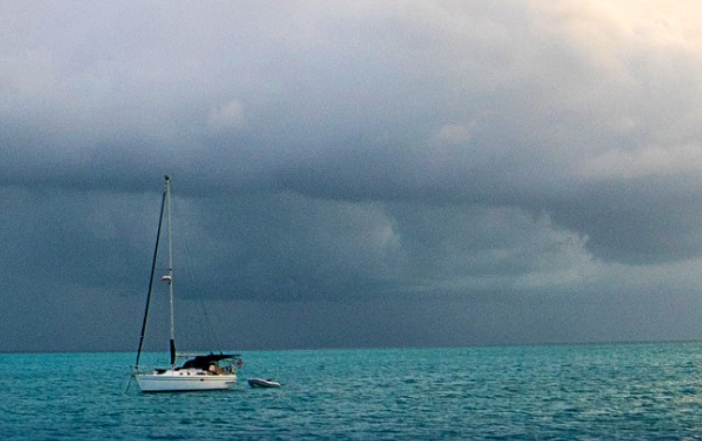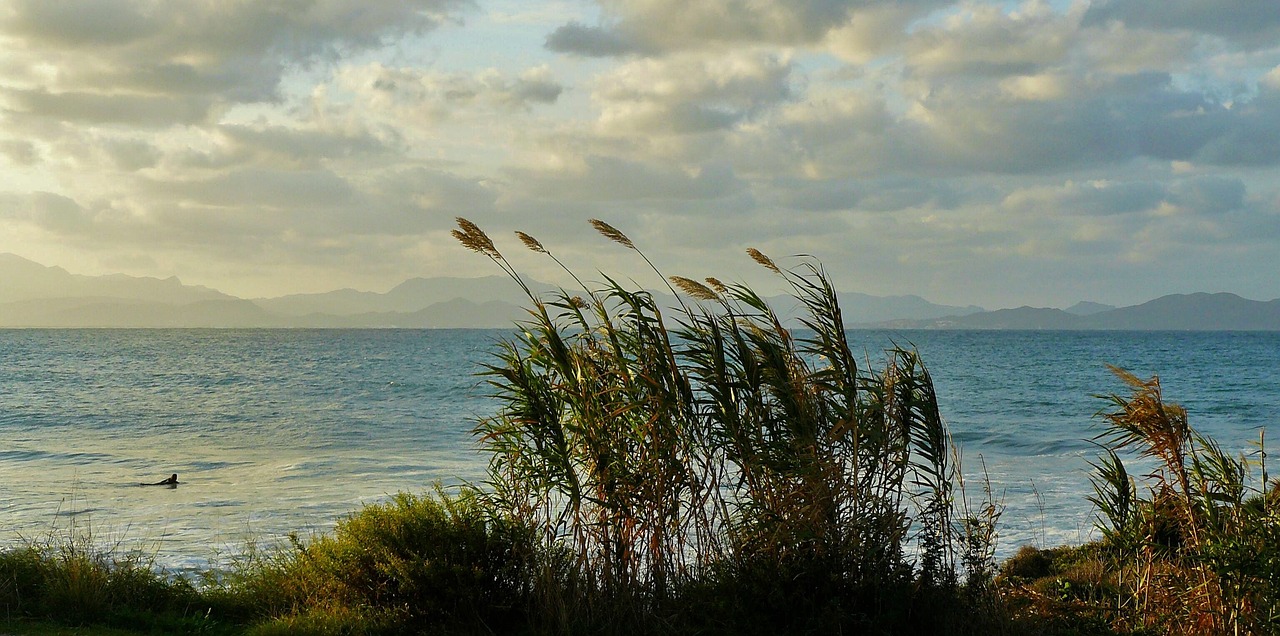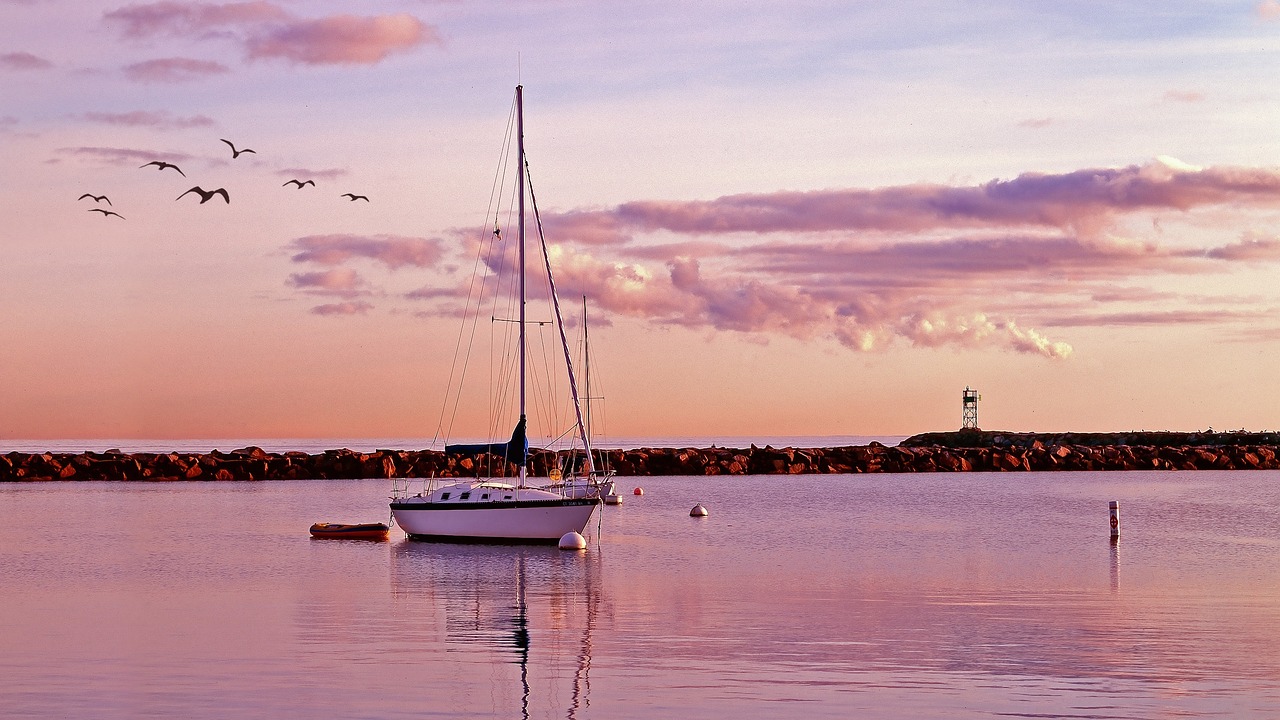Pro Tips for Picking an Anchorage

By Rudy & Jill Sechez
We all know that unless it is an emergency, in addition to being verboten, it's just plain common sense and courteous to avoid encroaching on or anchoring in a marked channel, or in a location that inhibits a boat's access to or from a slip, mooring, boatyard, or marina, or that interferes with another anchored vessel.
Otherwise, just about any other location is fair game, but there are a few prerequisites that should be met in order to qualify it as an acceptable anchorage.
First, there's a minimum acceptable depth of water, which is determined by your boat's draft, plus any additional distance the tide will drop, plus another foot or two–just in case. In dam-controlled waterways, the height of the water level above normal pool should also be considered, as the elevated pool level can be lowered back to normal pool without notice, often quickly–think hours.

Also, the wind, depending on its direction can blow water out, anywhere from a few feet in gale force conditions, to ten feet or more in storms or hurricane-force winds. Water levels can also become lower than normal when: the moon is in perigee, or during seiches, spring tides, and winter solstice. Neglecting these influences could leave the boat bottoming out, aground, or with too little water to get over a bar.
The amount of rode that you can deploy establishes the maximum depth in which you can anchor. If you're anchoring to 5:1 scope, then one fifth the length of your rode is the maximum depth where you can set your anchor; however, in demanding conditions you may need to use 10:1 scope; if so, one-tenth the length of your rode would be the maximum depth where you'd want to set your anchor.
Fetch–the distance that the wind can blow over the water without obstruction–can also be a factor when choosing an anchorage, as it can affect comfort. The greater the fetch, the bigger the seas or waves, the more uncomfortable the boat's motion. Our goal is to try to anchor where the fetch is less than a few hundred yards, as beyond this, wave action becomes livelier.

It's prudent to enter unfamiliar anchorages slowly, remaining alert to potential hazards, not just below the surface, but overhead, too–you want enough clearance to prevent snagging bridges, tree limbs, or other dangers, and with power lines, to prevent arcing. If obstructions are a concern or soundings reveal questionable depths, not only where the boat will initially be anchored, but later where the boat might swing if wind or current shifts direction or strength, then relocate the anchor, or set out an additional anchor or two in a manner that would keep the boat away from any danger.
And keep in mind that your anchor must be compatible with the type of seabed in which you will be anchoring, as well as sized for the wind speed and seas that you will encounter.
Cruising guides are a great resource for identifying anchorages, but if you keep the above guidelines in mind, you just might discover many others, perhaps some that are picturesque, others offering solitude… maybe both.